

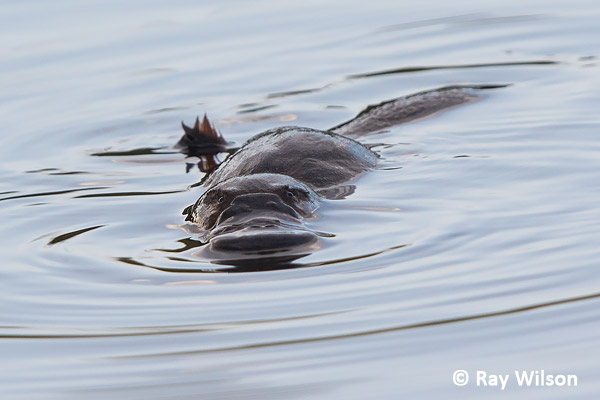
When specimens of Duck-billed Platypus were first sent to Europe after the discovery of Australia in the late 18th Century, it was thought to be a hoax as nobody believed such a bizarre animal, that looked like a cross between a beaver and a duck, could exist.
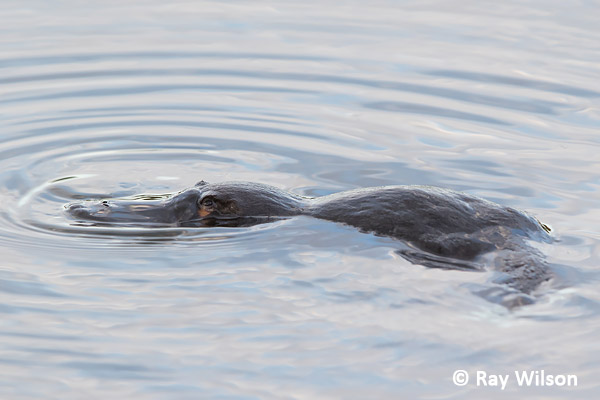
When Platypus dive the close their eyes and ears and rely entirely on their extremely sensitive, bill-like snout to find its prey. Not only is its bill sensitive to touch, but it is also an electroreceptive organ that can detect the minute bioelectric pulses generated by the muscles of its prey. Their diet consists mainly of small fish, crayfish, shrimps, worms, snails, tadpoles and aquatic insects.

Platypus are also one of only a handful of mammalian species that are venomous. Both males and females have ankle spurs, but only the male produces a venom, comprising mainly of immunogenic defensin-like proteins, that is powerful enough to kill a dog. It is non-lethal to humans but is reported to be excruciatingly painful and severe enough to cause incapacitation.
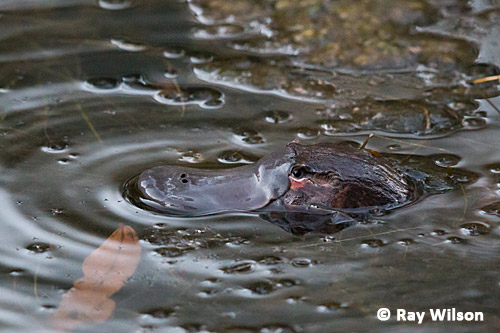
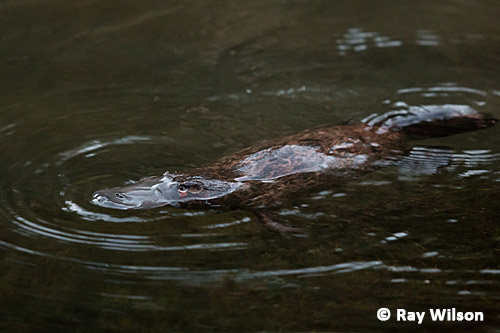
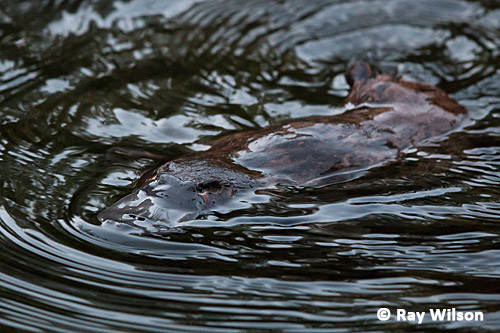
Ray Wilson owns the copyright of all images on this site.
They may not be used or copied in any form without prior written permission.
raywilsonphotography@googlemail.com